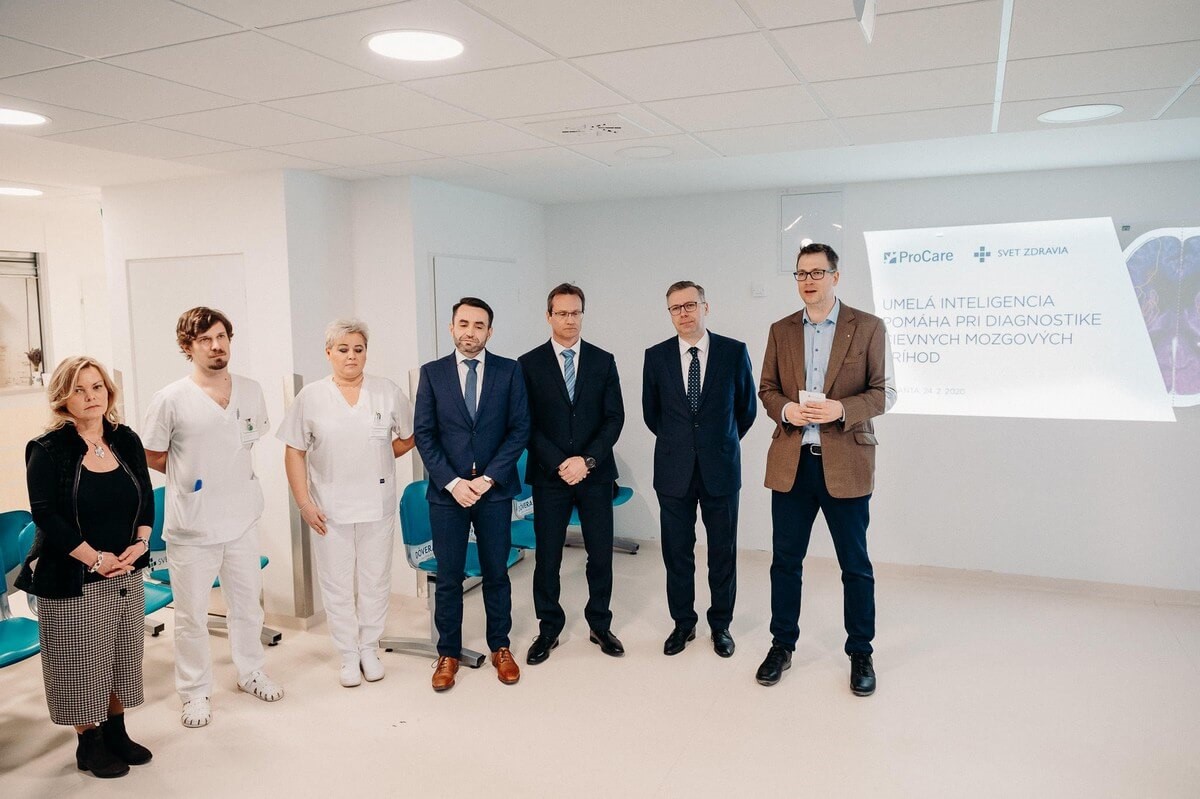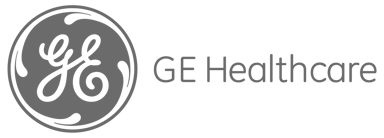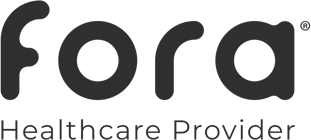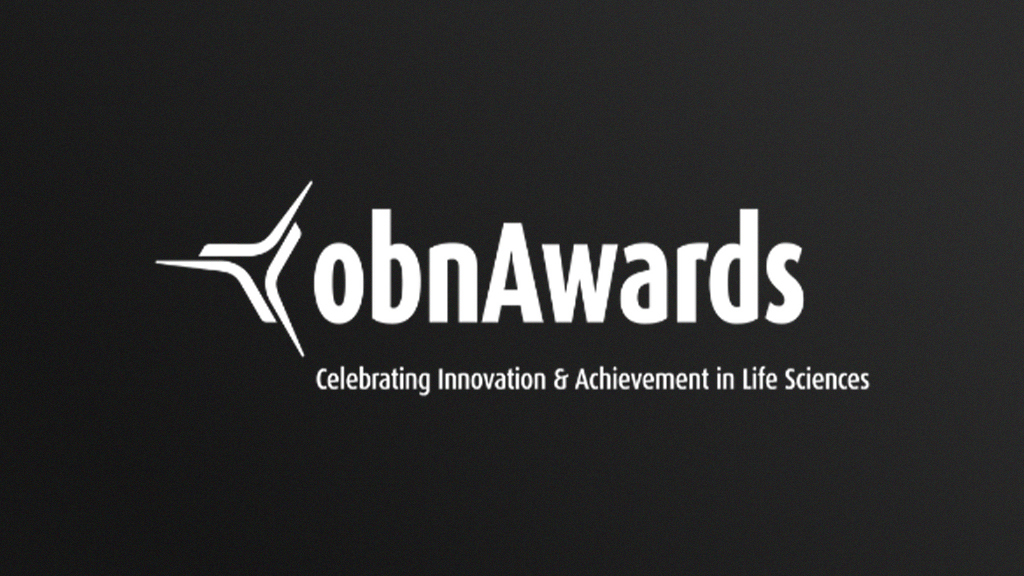
The following is an excerpt from Svet Zdravia’s website translated in English. The original story can be found here
The Svet Zdravia hospital network, which includes Galanta, has introduced Brainomix’s e-Stroke Suite to seven of its hospitals this month, using the artificial intelligence software to evaluate the results of every patient suspected of stroke.
Artificial intelligence provides a quick and accurate second opinion to a physician when assessing patient outcomes, along with an amount of data that cannot be calculated in such detail manually. At the same time, it significantly helps young doctors and expands treatment to patients who may not have been treated before. The doctor can view the patient’s scans and advise a colleague from home, as the system sends the scans to his/her mobile.
“The incidence of stroke in Slovakia is steadily growing and is increasingly affecting lower age categories. Timely and correct diagnosis is essential, as it can significantly increase the chance of rescuing patients and decreasing their degree of disability. Many statistics now point to quite large differences in the assessment of one patient’s condition by different doctors. We therefore believe that the introduction of this [Brainomix] system will also help us to improve the quality and safety of the healthcare provided,” noted Róbert Hill, Medical Director of ProCare Health Center and Svet Zdravia.
When a patient arrives with a suspected stroke, the hospital immediately performs two CT scans. One scan makes head examinations, and the other can also see softer tissues such as blood vessels using contrast agents. The radiologist assesses the CT scans, the neurologist then evaluates them and outlines the next steps. However, some hospitals do not have a radiologist available during the night, and the neurologist must wait for the radiological assessment.
Since February, every patient in the Galanta hospital suspected of having a stroke is having their scans processed through Brainomix’s e-Stroke Suite, which provides the doctor with an assessment within one minute, helping to choose the right treatment. The system automatically evaluates the patient for signs of cerebral bleeding, shows the doctor the amount of irreversible brain damage, locates a large vessel occlusion, and calculates the percentage of damaged and at-risk tissue. “The e-Stroke Suite system works on the principle of neuronal networks (deep learning) and learns like a doctor who evaluates images of a patient’s brain and educates each case. However, there is a fundamental difference in the amount and quality of data from which the system learns. Brainomix uses a wealth of high-quality data from the world’s leading institutions and databases that have a 100% ground truth diagnosis,” explains David Balo, Brainomix’s Healthcare Manager for Slovakia, the Czech Republic and Hungary.
David notes that the e-Stroke Suite is the most comprehensive solution for automatically evaluating all imaging methods (CT and MRI) used in stroke diagnosis. “The doctor will receive a quick, comprehensive and quantified assessment that cannot be achieved by manual methods.” Since February, the e-Stroke Suite has been deployed across Svet Zdravia’s network of seven hospitals, which are now included in the national network of stroke centres with a high number of stroke patients. These hospitals include: Michalovce, Galanta, Dunajská Streda, Žiar nad Hronom, Trebišov, Vranov nad Topľou and Svidník.
“The system is not a decision-making tool for us, but rather a decision support tool. It does not replace the doctor, but gives him a second opinion and extra information that can help him with diagnosis. Sometimes you have to take care of an acute patient at 2am or 3am in the night, which is exhausting for the doctor. At other times, you may need to support a young doctor who does not have much experience with different cases. The [Brainomix] system is able to alert the young doctor to elements he/she might not have noticed, confirming the treatment decision that should be taken,” commented Oto Petrik, Head of the Neurology Department at Svet Zdravia Galanta.
Petrik explains that thanks to the system he receives email notifications with anonymized scans of every acute stroke case. Even when outside the hospital, the scan is sent to a mobile phone or tablet, enabling the doctor to remotely consult with the hospital staff to discuss further treatment options for the patient. Such a form of telemedicine may not have been possible before. The system also helps radiologists to achieve consistent diagnosis. The Svet Zdravia network plans to continuously measure and evaluate the success of the system. In the future, it wants to introduce the technology to all its hospitals that are equipped with a CT scanner and have established Neurology departments.
At the Galanta hospital last year, 465 stroke patients were treated. About 80 percent of these cases were ischemic stroke, resulting from a blocked vessel in the brain, but with a good chance of returning to active life. The rest were hemorrhagic stroke, or bleeding stroke.
“Although we are a region with an above-average stroke incidence, we are able to provide the patient with faster help compared to the average in Slovakia. At our hospital, the time from when a patient arrives at hospital to when they are treated is 25 minutes, while the national average last year was 40 minutes. With the help of Brainomix software, we can diagnose even better, which increases the chance for the best recovery of the patient,” explained Petrik.















